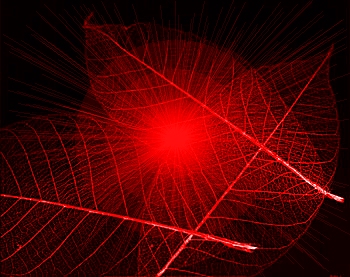Fluoromatics Software - Tools that shape the face of photosynthesis research
Main menu:
Direct and PAM Fluorescence Methods
Science&Tech > Fluorescence Basics

Can we compare data measured with direct and pulse-amplitude modulated fluorescence methods? It is possible to compare direct and pulse-amplitude modulated fluorescence measuring techniques?
The answer is simple. Making such a comparison is not meaningful because the information obtained by both methods is different. However, the obtained results with both techniques are highly valuable and complementary.
The OJIP traces measured by “direct” methods provide us with information on the reduction of the photosynthetic electron transport chain and can be considered as a “stoichiometric” approach, since the OJIP fluorescence induction traces are sensitive to the relative content of PSII, cyt b6/f, PSI and to PQ-pool and ferredoxin pool size. Direct methods provide information on the effective antenna size and on the activity of the donor side of photosystem II (PSII).
The Pulse-Amplitude Modulated (PAM) technique does not make use of ultra fast time resolution instruments. PAM is used mainly for steady state measurements. It gives information on the balance between photosynthetic electron transport chain and Calvin-Benson cycle and on dissipation of energy in the antenna of PSII. The PAM method is mainly used for quenching analysis. Quenching analysis is also possible using direct fluorescence techniques.

Which method should we use?
The answer depends on the specific interests of the researcher. Direct methods can determine photosynthetic potential and performance while PAM methods measure the photosynthetic activity. The researcher should consider the invested time for measuring photosynthetic samples, therefore, thus influencing the statistical validity of the whole analysis. Measuring one single OJIP trace by direct methods takes five to 10 seconds and a single measurement for quenching analysis by PAM methods may take 5 to 15 min about. Every saturating pulse on which the quenching analysis is based is actually a full OJIP-fast fluorescence trace.
References
U. Schreiber, Pulse-amplitude-modulation (PAM) fluorometry and saturation pulse method: an overview. In: G.C. Papageorgiou and Govindjee, Editors, Chlorophyll a Fluorescence: A Signature of Photosynthesis, Advances in Photosynthesis and Respiration vol. 19, Springer, The Netherlands (2004), pp. 279–319.
Sub-Menu:
- Kautsky Effect
- Direct and PAM Fluorescence Methods ←
- Direct fluorescence instruments
- The Strasser's Theory of Energy Fluxes in Biomembranes
- The JIP-Test
- References